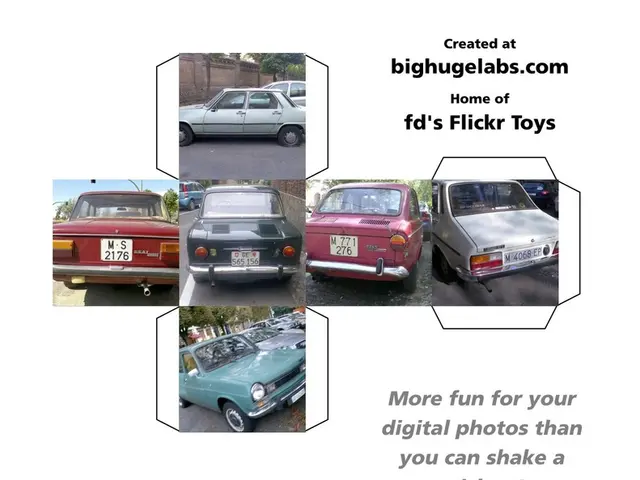Every tire choice comes with its own trade-offs and balancing acts.
In the realm of tire development, a significant shift is underway, with the focus moving from maximum range to whether a modern electric vehicle needs a specially developed tire. This change is driven by the upcoming Euro 7 standard, which will set clear limits for tire wear and durability for all new vehicles from mid-2028.
The "magic triangle" of tire development - balancing rolling resistance, wear, and grip - remains the core of tire design. However, with particle emissions, particularly microplastics, and service life gaining importance, tire manufacturers are faced with new challenges.
All-season tires must provide grip on ice and snow, a challenge that development departments are eager to tackle. To address this, tire manufacturers are employing new rubber types and sophisticated coupling agents in the tread rubber, allowing for a better balance between rolling resistance and wet grip.
Tires for electric vehicles are robust, resistant to force, and noise-optimized, reflecting the unique demands of these vehicles. Specifically marketed electric car tires can be up to 50 percent more expensive than comparable standard tires due to these additional requirements.
Conti expert Hammann states that the basic rules don't change: it's about highlighting the vehicle's characteristics ideally. Labels on tire walls make the most important safety aspects visible, with the EU setting clear minimum requirements for wet grip, rated in classes from A (best) to E or F (weakest).
However, balanced performance, not just for electric vehicles, but for all modern vehicles, is more important than the tire label. This is evident in the testing of three identical BMW i4s at the Contidrom development center near Hannover, where each vehicle is fitted with a different brand of tire. Two of these tires are labeled as "E-tires".
As experience in electric mobility grows, tire manufacturers have abandoned their initial E-only strategy, focusing on tires that meet the requirements of all drive types simultaneously. Goodyear, for instance, develops special tires for electric vehicles like the BMW i4, with models such as the Eagle F1 Asymmetric 6 and Vector 4Seasons Gen-3 designed for this purpose. These tires boast optimized grip, handling, and low rolling resistance to improve energy efficiency and driving dynamics specific to electric vehicles.
Despite the increased costs for replacement and change of tires for electric vehicles due to their unique challenges, the industry is making strides in meeting the demands of this burgeoning market. Lab results are first digitally verified using a driving simulator before prototype tires are baked, ensuring the highest standards of safety and performance.
In conclusion, while the basic principles of tire development remain the same, the shift towards electric vehicles necessitates a focus on balanced performance, durability, and energy efficiency. As manufacturers continue to innovate, we can expect to see further advancements in this exciting field.
Read also:
- chaos unveiled on Clowning Street: week 63's antics from 'Two-Tier Keir' and his chaotic Labour Circus
- Budget discrepancy jeopardizes highway projects' financial support
- Racing ahead in Renewable Energy Dominance: Changzhou, Jiangsu Pushes for Worldwide Renewable Energy Ascendancy
- Feeling disoriented or perplexed.







